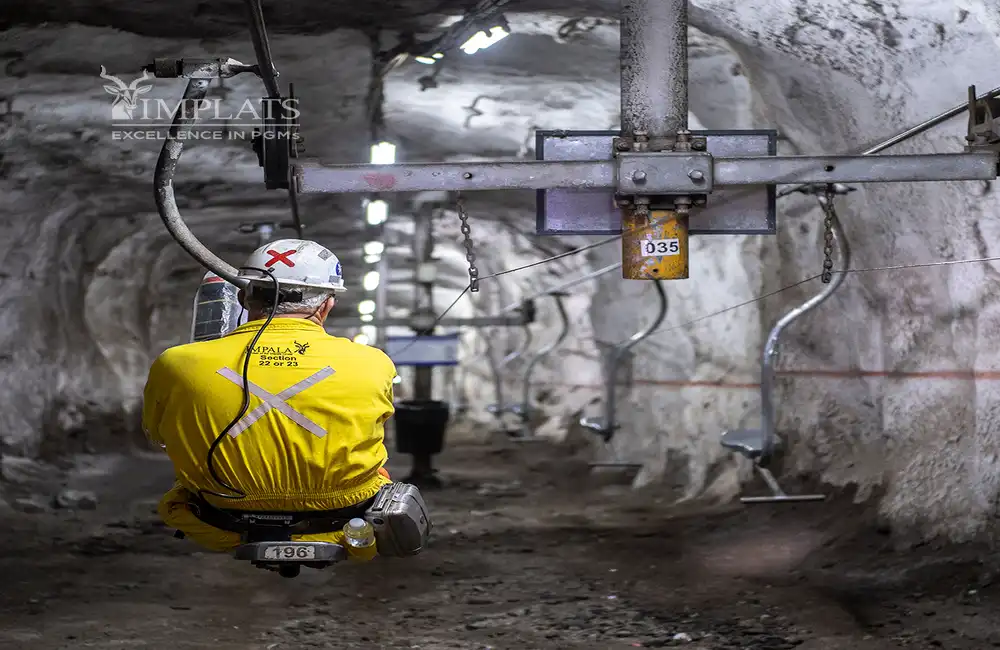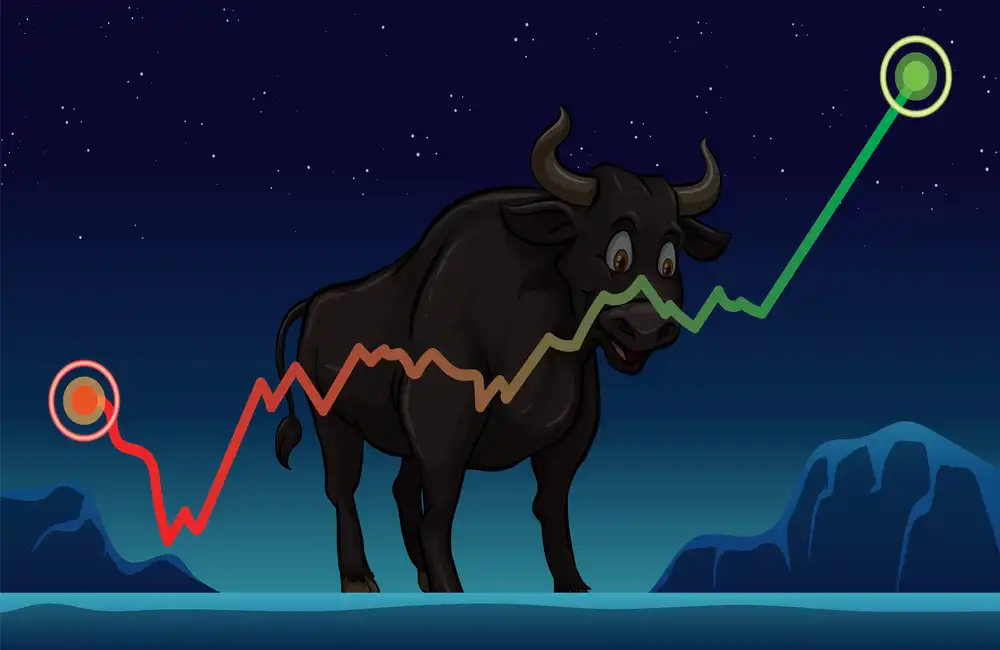Though batteries are a global industry, they’re working through not only pandemic-related supply chain constraints, but also obstructions created by Russia’s invasion of Ukraine, making US energy independence a “ridiculous idea,” a professor of public policy said March 9.
Battery Supply Chain Challenges and Growth
“This is a global industry,” said Morgan Bazilian, a professor of public policy at the Colorado School of Mines and director of the Payne Institute, during a session on the battery supply chain at the CERAWeek by S&P Global energy conference in Houston. “Two wrongs don’t make a right, and making the problem smaller instead of bigger doesn’t get anything solved."
“We need people to redefine the whole supply chain around the world to address these issues,” said Martín Pérez de Solay, managing director and CEO of Allkem, a major lithium chemicals producer with operations in Argentina, Australia, Canada, and Japan.
“Lithium may not be the new oil, but things are moving fast,” said George Hilton, energy storage senior analyst for S&P Global, who moderated the battery supply chain panel. “There would be no energy transition without the lithium battery.”
Supply
“The demand is already high, but there are lots of minerals on the earth for our battery needs along the supply chain,” Bazilian said. “That’s not the constraint. There are a lot of bottlenecks in the supply chain.”
While mineral availability isn’t the issue, permitting remains a key challenge, Pérez de Solay noted. “There is lithium there, but it takes time to mine,” he said, adding that in some remote areas, development can take up to 20 years. “This market is facing the real limits of technology and timing.”
Jonathan Evans, president and CEO of Lithium Americas, echoed the concern. “It’s very hard to get things into development,” he said, citing permit delays as a hurdle to securing capital. Lithium Americas is working on projects in Argentina and the United States.
“The low-hanging fruit is gone,” Evans said. Bazilian added, “Different parts of the supply chain are not getting very clear long-term price signals from the market,” which could exacerbate future constraints.
Demand
Evans said larger corporations need to step up to meet battery demand. “That’s what is needed. It’s extremely difficult at the moment to get the levels of investment. You want the big companies to get in. Now that is how you fix the problem.”
Despite the challenges, Evans noted that batteries are poised for "unprecedented growth" in the coming years. “We’re not going to go away free of anything,” he said. “That’s not how the world works.”
Governments no longer need to incentivize EV adoption, as electric vehicles are being adopted faster than expected. Price has become less of a barrier, and hybrids with smaller batteries have also drawn interest.
While EVs are the primary drivers of battery production, the majority of batteries used for electric power in the US will be deployed in stationary battery storage. According to S&P Global Commodity Insight's North American Electricity Short-Term Forecast, US battery storage capacity is projected to increase by nearly 6.3 GW over the next two years.
The US Energy Information Administration reported that 3.1 GW of battery storage capacity was added in 2021, a 200% year-on-year increase. Over 60% of new battery storage capacity will be collocated with solar plants, reflecting the growing synergy between energy storage and renewables.




















